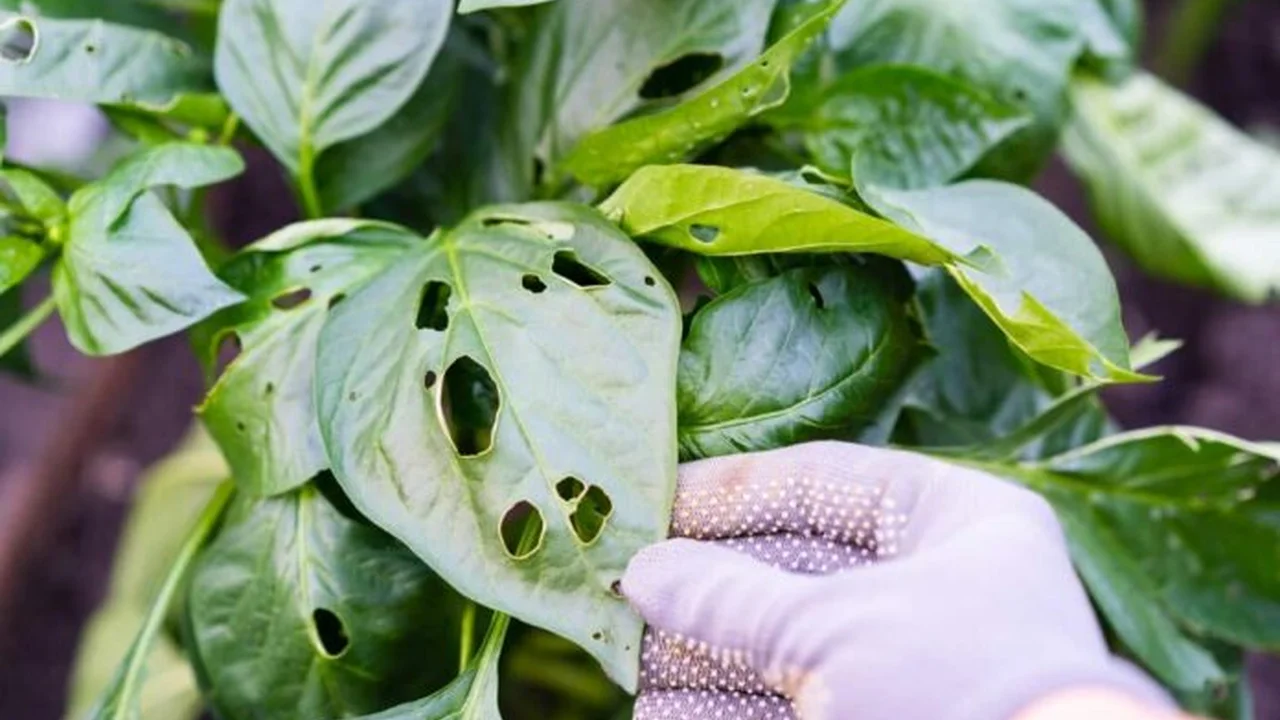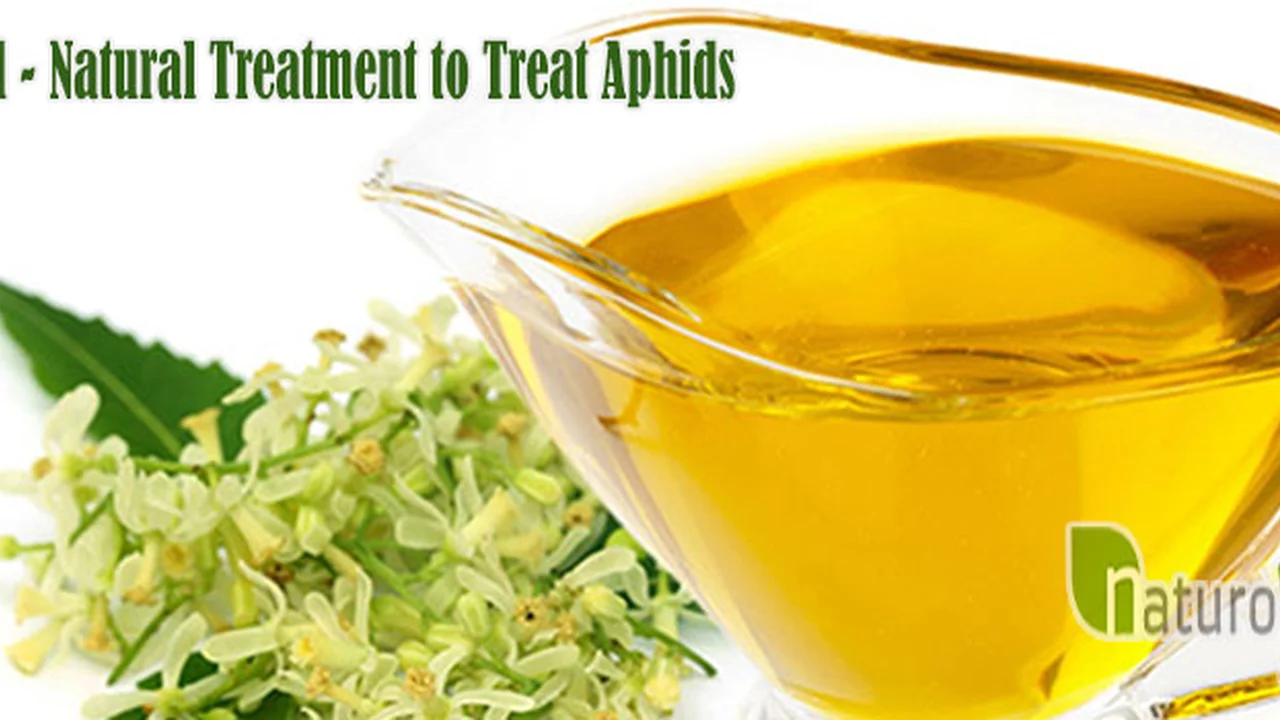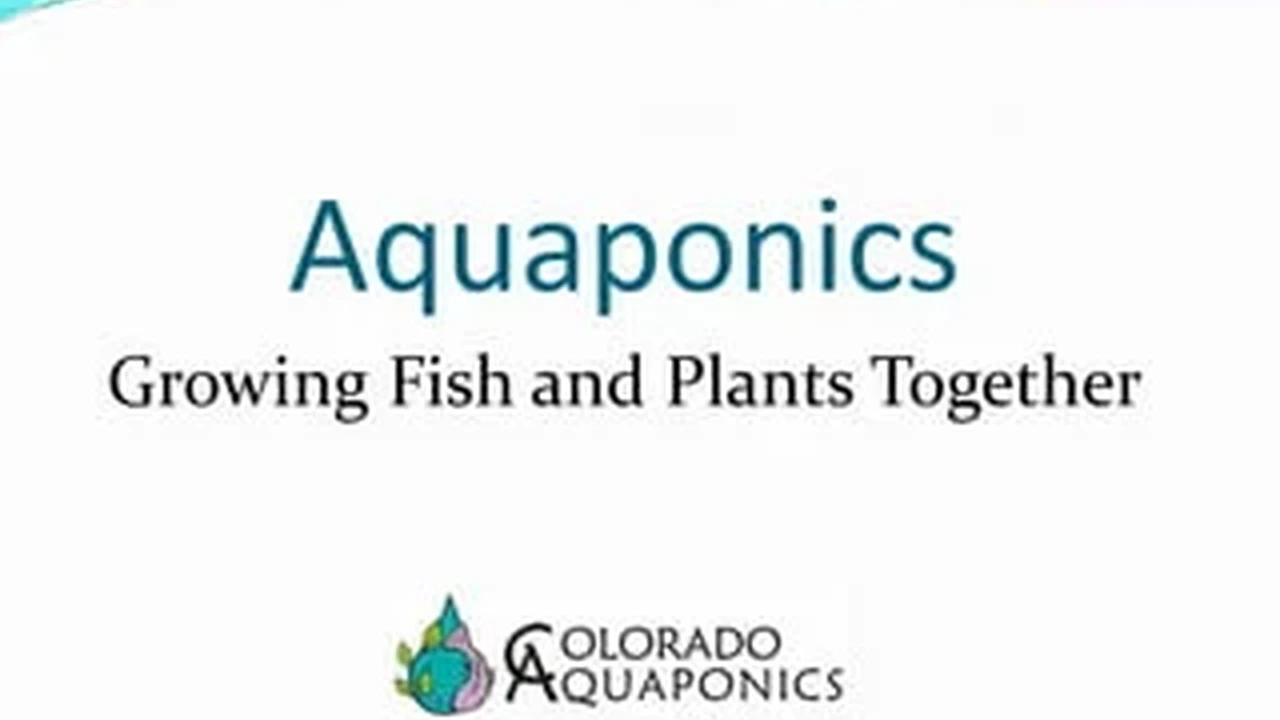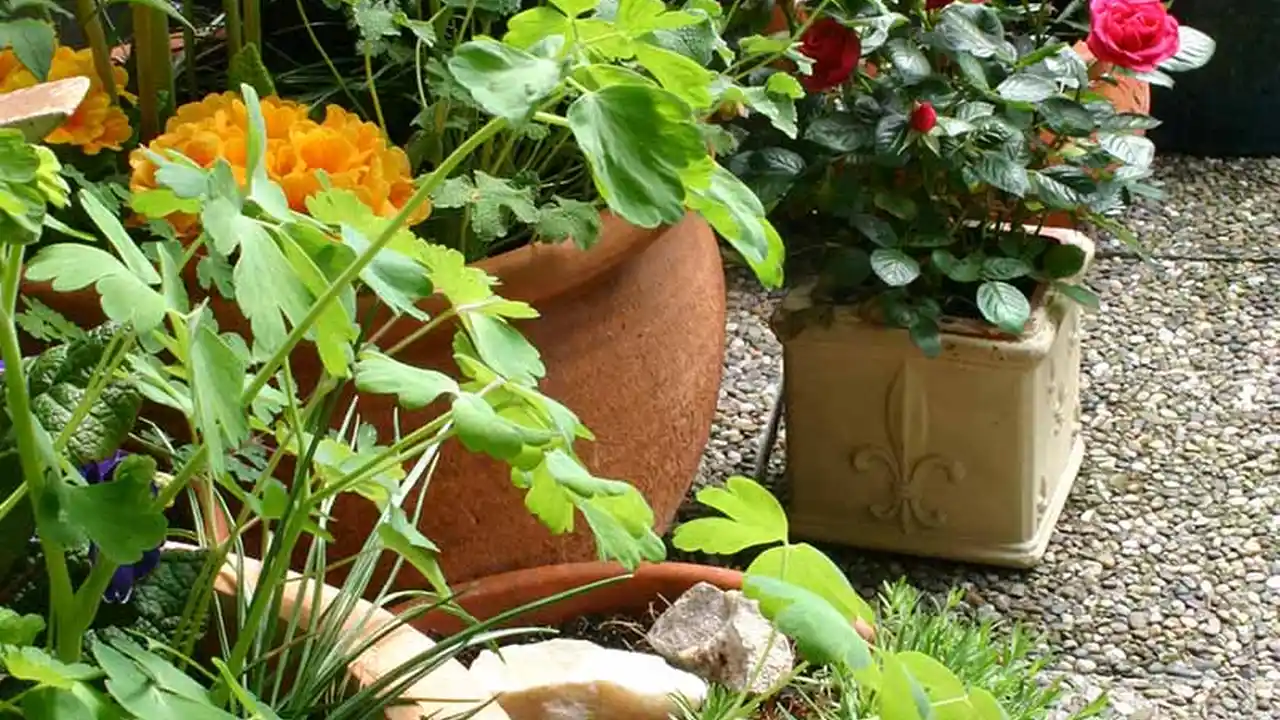Common Vegetable Pests Identification and Control
Identify common vegetable garden pests and learn effective control methods. Protect your harvest from unwanted visitors.

Common Vegetable Pests Identification and Control
Welcome, fellow green thumbs! There's nothing quite as satisfying as watching your vegetable garden flourish, brimming with fresh produce. But let's be real, it's not always sunshine and rainbows. Sooner or later, you're going to encounter some unwelcome guests: pests. These tiny invaders can wreak havoc on your hard work, turning lush leaves into lace and ripe tomatoes into mush. Don't despair, though! Understanding who these critters are and how to deal with them is half the battle. This comprehensive guide will help you identify the most common vegetable garden pests and equip you with effective, often organic, control methods to protect your precious harvest.
Understanding Vegetable Garden Pests What to Look For
Before you can fight the enemy, you need to know who you're up against. Pest identification is crucial because different pests require different strategies. Here's what to look for:
Aphids Tiny Sap-Sucking Menaces
Aphids are probably the most common and annoying pests you'll encounter. They're tiny, pear-shaped insects, often green, black, yellow, or even pink, clustering on new growth, undersides of leaves, and stems. They suck the sap from plants, causing distorted, yellowed, or stunted growth. They also excrete a sticky substance called 'honeydew,' which can lead to sooty mold growth. You might also notice ants, as they 'farm' aphids for their honeydew.
Tomato Hornworms Large Leaf Eaters
These are big, green caterpillars with a 'horn' on their rear end, often blending perfectly with tomato, pepper, and eggplant foliage. They can defoliate a plant incredibly quickly, leaving behind large, ragged holes and black droppings. They're masters of camouflage, so you'll often spot the damage before you spot the worm.
Slugs and Snails Slimy Night Feeders
These mollusks are most active at night or during damp weather. They leave behind tell-tale silvery slime trails and chew irregular holes in leaves, especially on seedlings and tender greens. They love moist environments and can decimate young plants overnight.
Cabbage Worms and Loopers Brassica Destroyers
If you're growing cabbage, broccoli, kale, or other brassicas, you'll likely meet these. Cabbage worms are velvety green caterpillars, while cabbage loopers are light green and move in a distinctive 'looping' motion. Both chew holes in leaves, often starting from the inside of the head, making them hard to spot until significant damage is done.
Spider Mites Microscopic Web Spinners
These are tiny, almost invisible arachnids that thrive in hot, dry conditions. They feed on plant cells, causing stippling (tiny yellow or white dots) on leaves, which eventually turn yellow or bronze. In severe infestations, you'll see fine webbing on the undersides of leaves and around stems. They can quickly spread and weaken plants.
Squash Bugs and Vine Borers Cucurbit Killers
If you're growing squash, pumpkins, or cucumbers, these are your nemeses. Squash bugs are grayish-brown, shield-shaped insects that suck sap, causing leaves to yellow, wilt, and eventually die. Squash vine borers are caterpillars that tunnel into the stems of plants, causing sudden wilting and death of entire vines. You'll often see frass (sawdust-like excrement) near the entry hole.
Flea Beetles Tiny Jumpers, Big Damage
These small, dark, shiny beetles jump like fleas when disturbed. They chew tiny, round holes in leaves, giving them a 'shotgun' appearance. Young plants and seedlings are particularly vulnerable, and heavy infestations can stunt growth or even kill them.
Effective Pest Control Methods Organic and Sustainable Approaches
Now that you know who's who, let's talk about how to send them packing. The best approach is often a multi-pronged one, focusing on prevention and organic solutions to maintain a healthy ecosystem in your garden.
Prevention is Key Healthy Plants, Fewer Pests
Crop Rotation and Garden Hygiene
Don't plant the same vegetables in the same spot year after year. This helps break pest life cycles and prevents the buildup of pest populations in the soil. Also, keep your garden clean. Remove plant debris, fallen leaves, and weeds, which can harbor pests and diseases.
Companion Planting Strategic Plant Pairings
Some plants naturally deter pests or attract beneficial insects. For example, marigolds are known to repel nematodes and other pests. Nasturtiums can act as a 'trap crop' for aphids, luring them away from your vegetables. Planting dill, cilantro, or cosmos can attract beneficial insects like ladybugs and lacewings, which prey on aphids and other soft-bodied pests.
Physical Barriers and Row Covers
For many flying or crawling pests, a physical barrier is incredibly effective. Lightweight row covers (like Agribon AG-19 Floating Row Cover, typically around $20-30 for a small roll) can protect young plants from flea beetles, cabbage worms, and squash bugs. Just make sure to secure the edges to prevent pests from crawling underneath. For slugs and snails, copper tape (like Corry's Slug & Snail Copper Tape, usually $10-15) around raised beds or pots can create an electrical barrier they won't cross.
Manual Removal and Trapping Hands-On Pest Management
Hand-Picking The Old-Fashioned Way
For larger pests like tomato hornworms or squash bugs, hand-picking is surprisingly effective. Inspect your plants regularly, especially the undersides of leaves. Drop the pests into a bucket of soapy water to dispatch them. This is free and highly targeted.
Traps for Slugs and Snails
Beer traps are a classic for slugs and snails. Bury a shallow dish (like an old tuna can) so its rim is level with the soil, and fill it with beer. The slugs and snails are attracted to the yeast and drown. You can also use commercial slug traps like the Sluggo Plus Slug & Snail Killer (around $15-20), which uses iron phosphate, a pet-safe bait.
Organic Sprays and Biological Controls Natural Solutions
Neem Oil A Broad-Spectrum Organic Pesticide
Neem oil is derived from the neem tree and acts as an antifeedant, repellent, and growth disruptor for many pests, including aphids, spider mites, and whiteflies. It's generally safe for beneficial insects once dry. A good option is Garden Safe Brand Neem Oil Extract Concentrate (around $10-15). Mix according to package directions and spray thoroughly, especially on the undersides of leaves, in the early morning or late evening to avoid burning foliage.
Insecticidal Soap For Soft-Bodied Pests
Insecticidal soaps work by breaking down the waxy coating on soft-bodied insects like aphids, spider mites, and whiteflies, causing them to dehydrate. They have low residual effect, meaning they don't harm beneficial insects once dry. Safer Brand Insecticidal Soap & Fungicide Concentrate (around $10-15) is a popular choice. Apply directly to pests, ensuring good coverage.
Bacillus thuringiensis (Bt) For Caterpillars
Bt is a naturally occurring bacterium that specifically targets caterpillars (like tomato hornworms and cabbage worms) when they ingest it. It's harmless to humans, pets, and other wildlife. Look for products like Monterey BT Caterpillar Killer (around $15-20). Spray it on the foliage where caterpillars are feeding. It's highly effective and very specific, making it a great organic option.
Beneficial Insects Nature's Pest Control
Introducing beneficial insects to your garden can be a game-changer. Ladybugs (predators of aphids), lacewings (eat aphids, mites, and small caterpillars), and parasitic wasps (lay eggs inside pests like hornworms) are readily available for purchase online or at garden centers. For example, a pack of 1,500 ladybugs can cost around $10-20. Release them in the evening when temperatures are cooler, and make sure your garden provides them with water and pollen sources to encourage them to stay.
Specific Pest Control Strategies Tailored Solutions
Tackling Aphids
For light infestations, a strong spray of water from your hose can dislodge them. For heavier issues, use insecticidal soap or neem oil. Encourage ladybugs and lacewings by planting their favorite flowers (dill, cilantro, cosmos).
Managing Tomato Hornworms
Hand-picking is the most effective method. Look for their droppings on leaves, which indicate their presence. If you see hornworms with white, rice-like cocoons on their backs, leave them be! These are parasitic wasp cocoons, and the wasps will kill the hornworm, then emerge to parasitize more. If infestations are severe, use Bt spray.
Controlling Slugs and Snails
Reduce moisture by watering in the morning. Remove hiding spots like debris and thick mulch. Use beer traps or iron phosphate baits. Copper tape can also be a good barrier.
Dealing with Cabbage Worms and Loopers
Use row covers from planting to harvest. Hand-pick if you see them. Bt spray is highly effective against these caterpillars. Regularly inspect the undersides of leaves for eggs and crush them.
Eradicating Spider Mites
Increase humidity around plants by misting. Use a strong spray of water to dislodge them. Insecticidal soap or neem oil are effective. Ensure good air circulation to prevent their spread.
Combating Squash Bugs and Vine Borers
For squash bugs, hand-pick adults and eggs (often found in clusters on the undersides of leaves). Use row covers early in the season, but remove them when plants flower to allow pollination. For vine borers, inspect stems for frass and slit the stem lengthwise to remove the borers, then bury the stem to encourage rooting. Some gardeners use aluminum foil collars around the base of stems to deter borers.
Flea Beetle Management
Use row covers on susceptible young plants. Plant trap crops like radishes or nasturtiums to lure them away. Neem oil can also be effective as a repellent and antifeedant.
Product Recommendations and Comparisons
When it comes to pest control products, there's a wide range. Here's a comparison of some popular and effective options, focusing on organic and low-impact solutions:
1. Neem Oil Products
- Product Example: Garden Safe Brand Neem Oil Extract Concentrate
- Price Range: $10 - $20 for a concentrate bottle (makes many gallons)
- Use Case: Broad-spectrum control for aphids, spider mites, whiteflies, powdery mildew. Best for preventative and early-stage infestations.
- Pros: Organic, safe for beneficials once dry, multi-purpose (insecticide, fungicide, miticide).
- Cons: Can burn plants if applied in direct sun, requires reapplication after rain, takes time to show full effect.
- Comparison: More versatile than insecticidal soap due to its fungicidal properties and growth disruption effects.
2. Insecticidal Soap Products
- Product Example: Safer Brand Insecticidal Soap & Fungicide Concentrate
- Price Range: $10 - $15 for a concentrate bottle
- Use Case: Effective against soft-bodied pests like aphids, spider mites, mealybugs, and whiteflies. Good for direct contact kill.
- Pros: Organic, very low toxicity, safe for beneficials once dry, quick knockdown of pests.
- Cons: Requires direct contact with pests, no residual effect (needs reapplication), can cause leaf burn on sensitive plants in hot sun.
- Comparison: Faster acting than neem oil for immediate pest reduction, but less preventative.
3. Bacillus thuringiensis (Bt) Products
- Product Example: Monterey BT Caterpillar Killer
- Price Range: $15 - $25 for a concentrate bottle
- Use Case: Highly specific for caterpillars (tomato hornworms, cabbage worms, loopers).
- Pros: Extremely targeted, safe for all other insects (including beneficials), humans, and pets. Organic.
- Cons: Only works on caterpillars, needs to be ingested by the pest, requires reapplication after rain.
- Comparison: The go-to organic solution for caterpillar problems, far safer and more specific than broad-spectrum chemical pesticides.
4. Diatomaceous Earth (DE)
- Product Example: Harris Diatomaceous Earth Food Grade
- Price Range: $15 - $30 for a large bag
- Use Case: Physical control for crawling insects like slugs, snails, ants, earwigs, and some beetles.
- Pros: Organic, non-toxic to humans and pets (food grade), works by physical abrasion, not chemical.
- Cons: Ineffective when wet, can harm beneficial crawling insects (like ground beetles), needs reapplication after rain. Can be dusty, wear a mask when applying.
- Comparison: A good physical barrier and contact killer for crawling pests, but less effective for flying insects or those on foliage.
5. Beneficial Insects
- Product Example: Live Ladybugs (e.g., from Arbico Organics or local nurseries)
- Price Range: $10 - $30 for a container of 1,500-4,500 ladybugs
- Use Case: Biological control for aphids, spider mites, and other soft-bodied pests.
- Pros: Natural, self-sustaining (if conditions are right), no chemicals, long-term pest management.
- Cons: Can fly away if not released properly or if food sources are scarce, takes time to establish, not a quick fix for severe infestations.
- Comparison: The most environmentally friendly option, but requires patience and a healthy garden ecosystem to be truly effective.
Maintaining a Healthy Garden Ecosystem Long-Term Pest Management
Ultimately, the best defense against pests is a healthy, thriving garden. Strong plants are more resilient to pest attacks. Here are some tips for long-term success:
Soil Health The Foundation of a Strong Garden
Healthy soil leads to healthy plants. Incorporate plenty of organic matter like compost. Good soil drainage and aeration are also crucial. Consider getting a soil test to understand your soil's nutrient levels and pH, and amend as needed.
Proper Watering and Fertilization
Overwatering can lead to root rot and attract certain pests, while underwatering stresses plants, making them vulnerable. Water deeply and consistently. Fertilize appropriately; too much nitrogen can lead to lush, tender growth that's a magnet for aphids.
Regular Monitoring Early Detection is Key
Make it a habit to walk through your garden daily, or at least every few days. Inspect the undersides of leaves, new growth, and stems. Catching a pest problem early makes it much easier to manage before it gets out of hand.
Encouraging Biodiversity Attracting Beneficials
Plant a variety of flowers, especially those with small, open blooms (like dill, cilantro, cosmos, sweet alyssum, and marigolds). These provide nectar and pollen for beneficial insects, encouraging them to take up residence in your garden and help with pest control.
By understanding common vegetable garden pests, implementing preventative measures, and utilizing organic control methods, you can protect your harvest and enjoy a bountiful, healthy garden. Happy gardening!
:max_bytes(150000):strip_icc()/277019-baked-pork-chops-with-cream-of-mushroom-soup-DDMFS-beauty-4x3-BG-7505-5762b731cf30447d9cbbbbbf387beafa.jpg)






